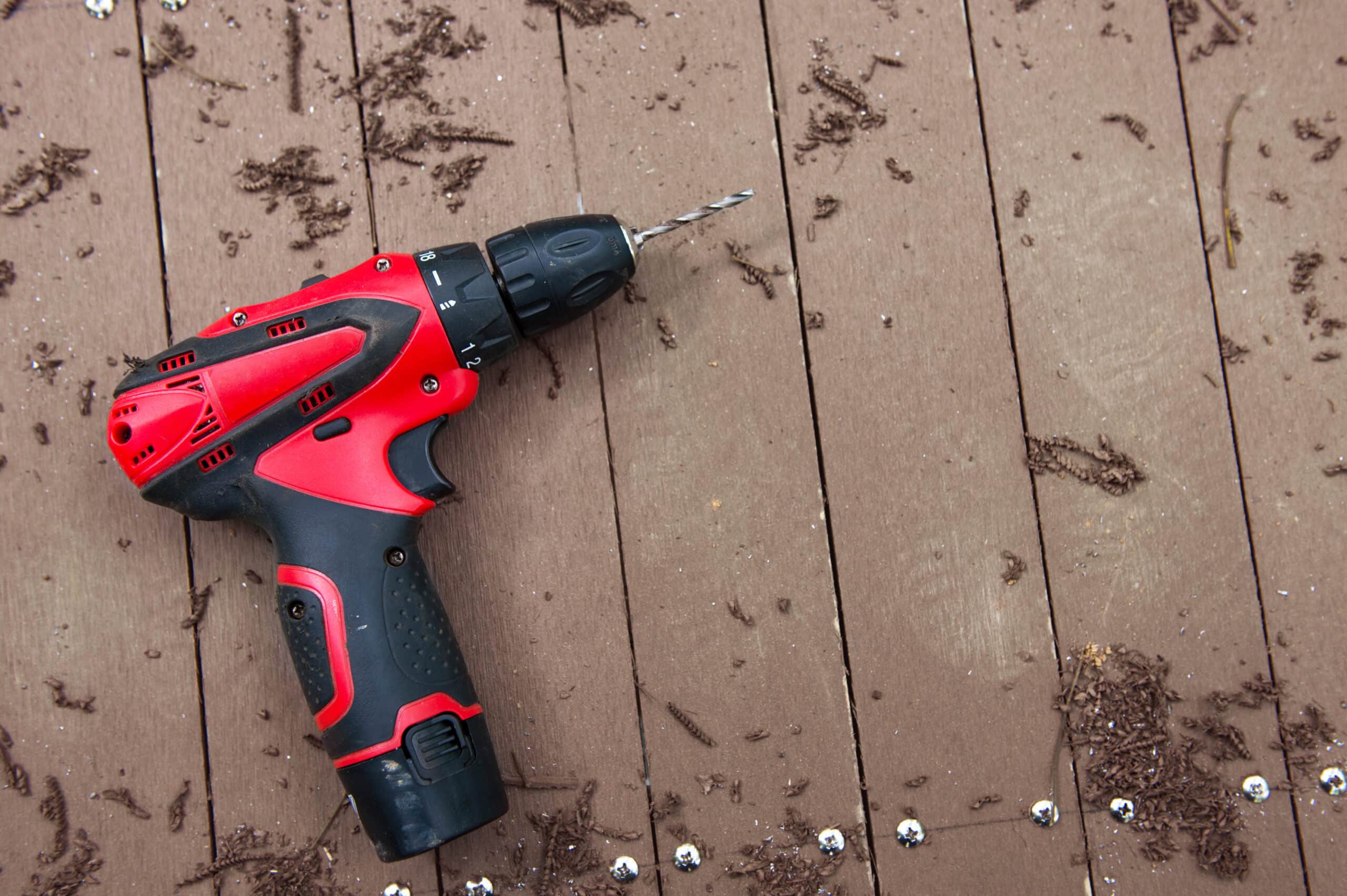Why Does My Drill Kick Back?
Key Takeaways
- Insufficient Power: Attempting to drill in an application where the tool’s motor doesn’t have enough power can lead to kickback.
- Inferior Drill Bits: Using an inferior or low-quality drill bit can easily get snagged in the material being drilled into, causing the drill to twist and kick back.
- Improper Technique: Using improper drilling techniques, such as applying too much force or drilling at an angle, can increase the risk of kickback.
Drill kickback can be a frustrating and even dangerous occurrence when using a power drill. It happens when the drill suddenly jerks or twists out of your control, often resulting in injury or damage to the workpiece. Understanding the reasons behind drill kickback can help you prevent it and ensure a safer and more efficient drilling experience. In this article, we will explore the common causes of drill kickback and provide tips on how to avoid it.
What Causes Drill Kickback?
There are several common causes of drill kickback:
- Insufficient Power: One of the main causes of drill kickback is attempting to drill in an application where the tool’s motor doesn’t have enough power to deliver. When the drill encounters resistance from a tough material, such as hardwood or metal, it can lead to kickback.
- Inferior Drill Bits: Another cause of drill kickback is using an inferior or low-quality drill bit. Cheap or dull bits can easily get snagged in the material being drilled into, causing the drill to twist and kick back.
- Binding or Stuck Drill Bit: Drill kickback can also occur when the drill bit binds or gets stuck in the material. This often happens when the bit encounters a hard spot or knot in the wood or when using the wrong type of bit for the material being drilled.
- Improper Technique: Using improper drilling techniques can increase the risk of kickback. Applying too much force, drilling at an angle, or not maintaining a secure grip on the drill can all contribute to kickback.
- Dull or Damaged Drill Bits: Dull or damaged drill bits struggle to cut through materials, increasing the likelihood of binding and resistance. This can lead to kickback if not addressed.
How to Prevent Drill Kickback
Now that we understand the causes of drill kickback, let’s explore some tips to prevent it:
- Use Proper Drilling Techniques: One of the most effective ways to prevent drill kickback is to use proper drilling techniques. Make sure to hold the drill perpendicular to the work surface to prevent the bit from catching the wood and twisting the drill violently. This will help maintain control and reduce the risk of kickback.
- Choose High-Quality Drill Bits: Investing in high-quality drill bits is essential to prevent kickback. Look for bits specifically designed for the material you are working with and ensure they are sharp and in good condition.
- Use Drills with Anti-Kickback Features: Some drills come with anti-kickback features that provide added safety measures. These features may include electronic rotation control (ERC) technology that limits the rotary movement of the drill when it encounters a kickback situation. Brands like Milwaukee® Tool and Bosch offer drills equipped with these safety features.
- Set Up Side Handle Properly: When using a drill, it is important to set up the side handle correctly. The side handle provides additional stability and control, reducing the risk of kickback. Follow the manufacturer’s instructions for proper installation and use.
- Use Clutch Mode on Cordless Drills: Cordless drills often come with a clutch mode that allows you to adjust the torque settings. By setting the clutch to a higher setting, it will slip when the torque exceeds that setting, preventing kickback. However, keep in mind that the torque settings on the clutch are usually set below drilling needs, so this method may not be effective with most drills.
- Consider Impact Drivers: If you frequently encounter kickback when drilling metal, using an impact driver with impact drill bits can help prevent it. Impact drivers are designed to deliver high levels of torque, making them more suitable for tough materials.
By following these tips and implementing proper safety measures, you can significantly reduce the risk of drill kickback and ensure a safer and more successful drilling experience.
Related Websites:
FAQs:
Q: Why does my drill kick back?
Kickback in a cordless drill occurs when the drill bit gets stuck or encounters resistance, causing the drill to suddenly twist or jerk back towards the user. This can be dangerous and result in loss of control. Understanding kickback is important for safe and effective drilling.
Q: How does drill power and torque affect kickback?
Drill power and torque play a significant role in kickback. Higher power and torque can cause the drill to exert more force, increasing the chances of kickback. It is crucial to choose the right drill power and torque for specific tasks to minimize kickback risks.
Q: What are common mistakes that can lead to kickback?
Improper drill usage is a common cause of kickback. Some mistakes include using excessive force, not maintaining a secure grip, and misaligning the drill bit. To avoid kickback, it is important to use the drill properly and avoid these common mistakes.
Q: How can I prevent kickback?
To prevent kickback, ensure you have a proper grip and balanced stance while drilling. Additionally, using auxiliary handles can provide stability and control. You can also use clamps or supports to secure the workpiece. These measures help minimize kickback risks and enhance safety during drilling.
Q: What safety features and accessories can help prevent kickback?
Some cordless drills come with safety features like anti-kickback technology and electronic clutch systems. Additionally, using accessories such as depth stops and drill guides can further enhance safety and prevent kickback. These features and accessories provide added protection and peace of mind while drilling.





